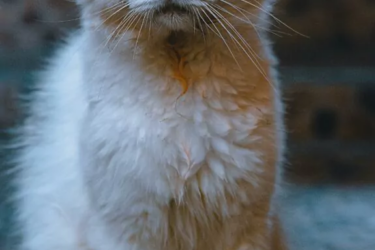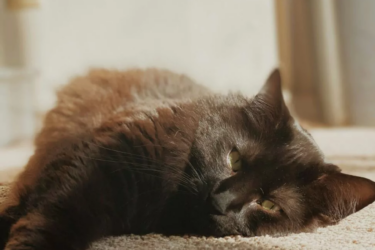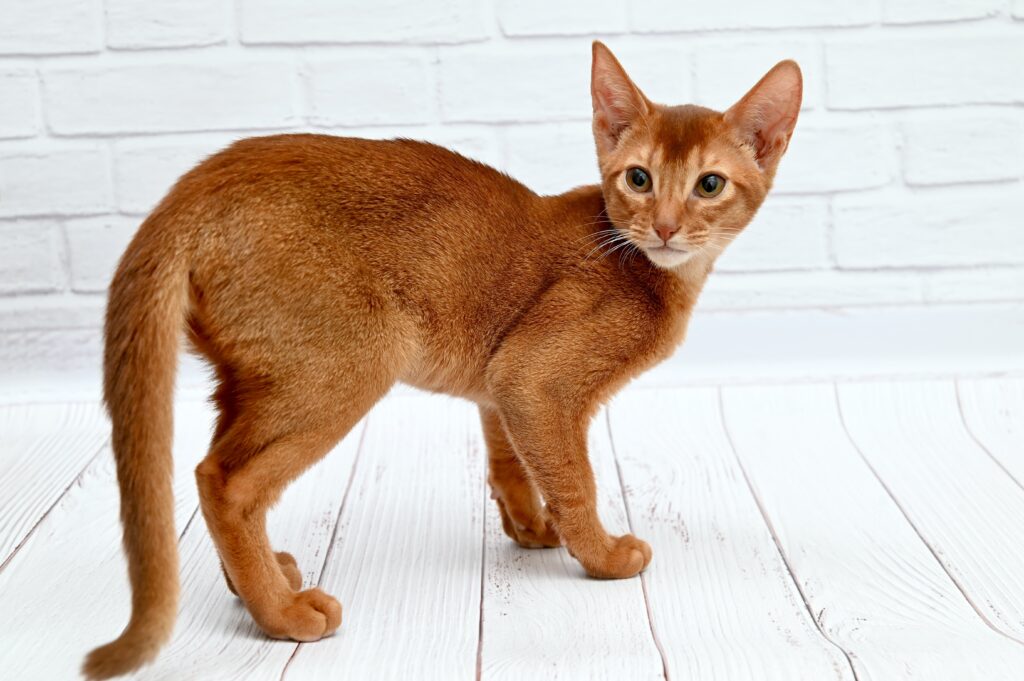
Are you looking for an energetic cat breed? And do you enjoy playing with your cat often? Then an Abyssinian might be perfect for you. They are incredibly fast and have strong hunting instincts. Read more about these mini pumas here!
In this blog:
- Where does the Abyssinian come from?
- The appearance of an Abyssinian
- The coat of an Abyssinian
- The personality of the Abyssinian
- Caring for an Abyssinian
- The health of an Abyssinian
- How long does an Abyssinian live?
- Buying an Abyssinian?
1. Where does the Abyssinian come from?
The exact origin of the Abyssinian remains a bit of a mystery. Ancient Egyptian artwork already depicts cats that resemble this breed. However, whether they actually originate from Egypt is uncertain.
The name Abyssinian refers to a cat brought from Abyssinia around the year 1868. This cat was called Zula and had a unique and beautiful brown tabby pattern. However, Zula is not the direct ancestor of the Abyssinian breed as we know it today. Abyssinians descend from a mix of cats from England and various Eastern regions that looked like Zula, but their exact lineage remains unclear.
There are no official breeding records of this breed, but it is likely that the Abyssinian as we know it today originated from a breeding program in England around the year 1900. The first Abyssinian participated in a cat show in 1871, making it one of the oldest selectively bred cat breeds in existence. Today, Abyssinians are primarily bred in England, the United States, and Scandinavia.
Fun fact: Abyssinians are highly energetic cats. They love having a stable and tall cat tree to climb and play on!
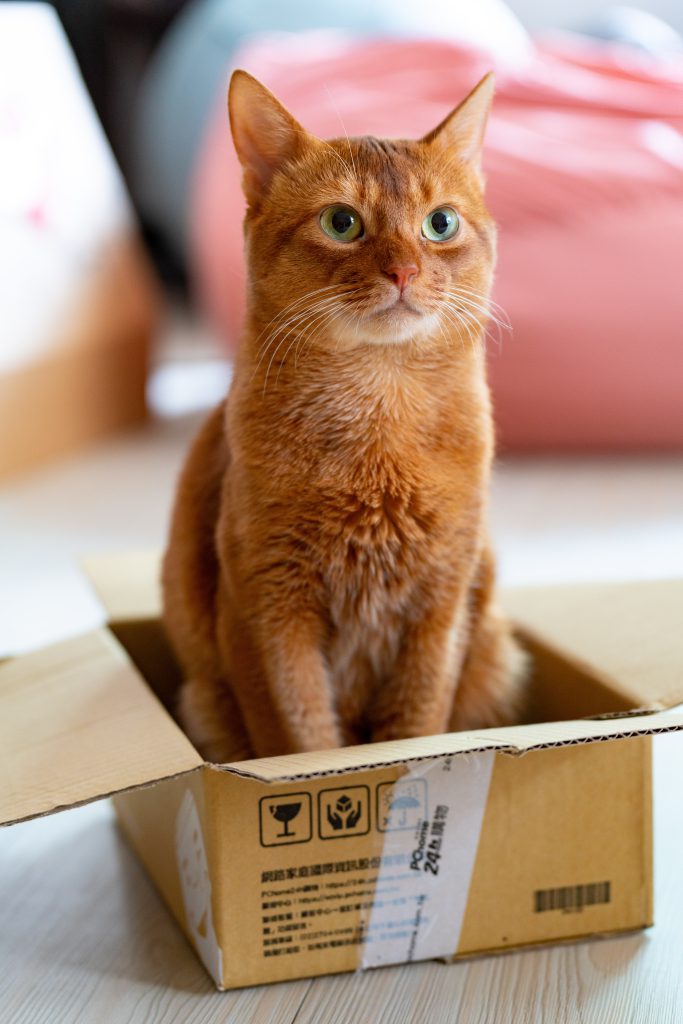
2. The Appearance of the Abyssinian
Abyssinians are graceful, agile, and well-muscled. They belong to the lighter cat breeds – females weigh up to 4 kg (8.8 lbs), while males can reach around 6 kg (13.2 lbs). They are active, fit, and alert.
The head of an Abyssinian is slightly rounded and wedge-shaped. Within this beautiful face, you’ll find two radiant and expressive almond-shaped eyes, which are often amber-gray, light brown, or green. Another distinguishing feature is their large ears, which are set wide apart.
3. The Coat of an Abyssinian
The coat of this magnificent cat is short, fine, and soft. Abyssinians are true tabbies, yet their coat is distinctly different from that of other tabby cats. In fact, it resembles the fur of a wild rabbit.
Breeders are very particular about the Abyssinian’s coat – every single hair on the back, head, tail, and outer legs must display the ‘agouti effect’, which creates the distinctive “ticking” pattern. Let’s explain that briefly.
Each hair of an Abyssinian’s coat is striped two to four times, with the darkest coloration at the tips. This ticking effect is what makes the Abyssinian’s coat so unique.
And then there are the colors! Abyssinians are bred in four primary colors: blue, sorrel, fawn, and wild (ruddy) color.
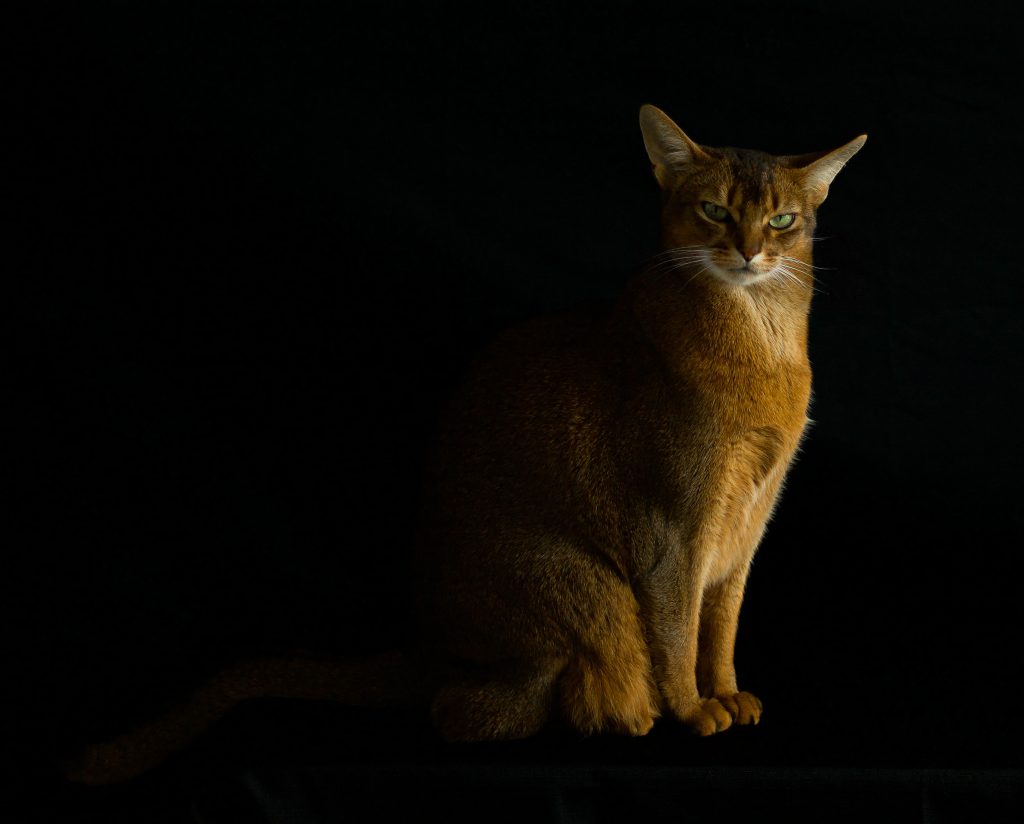
4. The Personality of the Abyssinian
Abyssinians are one of the smartest cat breeds in the world. They are curious and show a lot of interest in their owners, making them very sociable companions. They are also highly affectionate—their owner is their absolute best friend, and they love staying close to them at all times.
If you are often away from home, an Abyssinian is definitely not the right cat for you. They thrive on companionship, so if you’re frequently out, you might be better off choosing a breed like the British Shorthair, which is more independent.
Abyssinians are generally not very social with other cats. If you have multiple cats in your home, it may be best to consider a different breed. While Abyssinians love attention, they prefer not to share it with other cats.
5. Caring for an Abyssinian
The best trait of this breed—their intelligence and energy—is also something to take into account. Abyssinians need attention and plenty of stimulation. As an Abyssinian owner, you must be willing to spend a lot of time with your cat. One of the most important things for this breed is regularly providing new toys, cuddling, and playing with them.
Abyssinians also need a cat tree suited to their needs. Think of a cat tree where your Abyssinian can climb, play, sleep, and scratch.
Apart from that, Abyssinians are low-maintenance. Their short coat only needs to be brushed once a week. Otherwise, their care is similar to that of other cats, including:
- A safe living environment
- Plenty of love and attention
- Toys and a comfortable cat bed
- Fresh water and appropriate food every day
- At least one clean litter box with high-quality litter
- Protection against fleas, ticks, and worms
- Required vaccinations
- An annual veterinary check-up for overall health
Find out here how much it costs to take care of a cat!
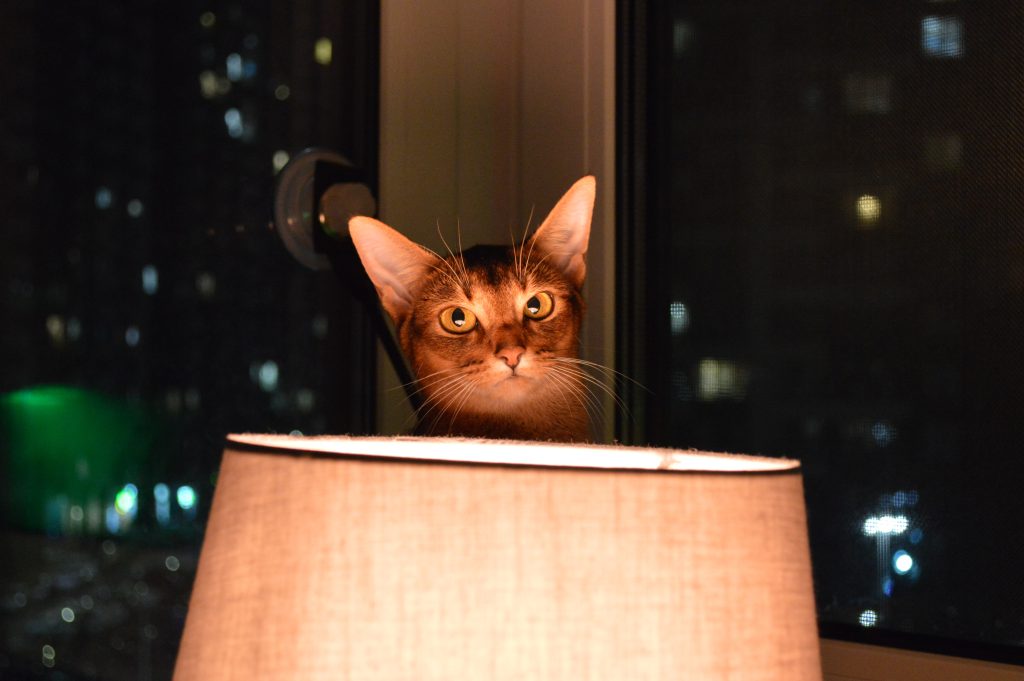
6. The Health of an Abyssinian
Pedigree cats are bred for unique characteristics. The Abyssinian also has distinct traits that make it special, such as:
- Wedge-shaped head
- Coat with unique “ticking”
- Agile and well-muscled body
Do you think an Abyssinian would be a good fit for you? If so, it’s important to research the health of this breed thoroughly. Many pedigree cats are prone to hereditary conditions. Abyssinians have a high risk of developing blindness and Pyruvate Kinase Deficiency (PK Deficiency), a metabolic disorder affecting red blood cells. It’s essential to be aware of these potential health issues.
Want to bring a healthy cat into your home? Consult a veterinarian for advice. You can also visit the websites of Dier & Recht and the Dutch Food and Consumer Product Safety Authority to find information about the breed’s health, legal regulations, and breeding standards.
Always buy an Abyssinian from a reputable breeder, preferably one affiliated with a breed association. This ensures that the cat is healthy and well cared for. Additionally, ask the breeder for a health certificate or a health guarantee for extra peace of mind.
7. How Long Does an Abyssinian Live?
Abyssinians are a healthy and strong breed with a normal life expectancy. On average, Abyssinians live between twelve and fifteen years.
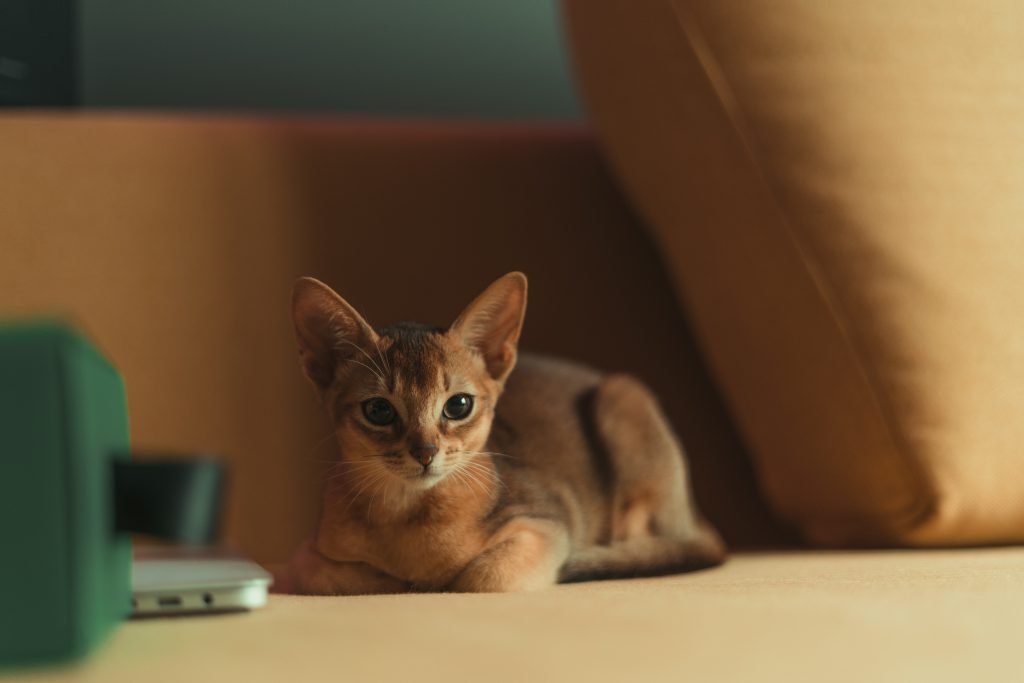
8. Buying an Abyssinian
Want to buy an Abyssinian? Then make sure to go to a reputable breeder, preferably one that is affiliated with a breed association. This ensures that you are getting a healthy, well-socialized cat that has been bred in an ethical and animal-friendly way.
Always ask for official documents, a health certificate, and check the kitten’s parents. Take a look at the breeder’s facility—is it clean and home-like, and are the parents present? That’s a good sign. Do not buy cats from online marketplaces like Marktplaats, eBay, or from backyard breeders.
A well-bred Abyssinian from a responsible breeder costs around €1000. Looking for a cat but don’t necessarily need a pedigree breed? Check shelters or adoption agencies—many loving cats are waiting for a forever home.
And remember: a cat is not just for a short time, but for its entire life. Are you ready to take good care of your pet and set aside money for its well-being and veterinary visits? If so, an Abyssinian might just become your new best friend!
Read all about the playful Devon Rex here!
Disclaimer: Petrebels does not consist of veterinarians or behavioral experts: all content, information and tips on this blog are intended to inspire and inform you. Does your cat have complaints or problems and do you have doubts about your cat’s health? Then always go to the vet or a behavioral expert.
